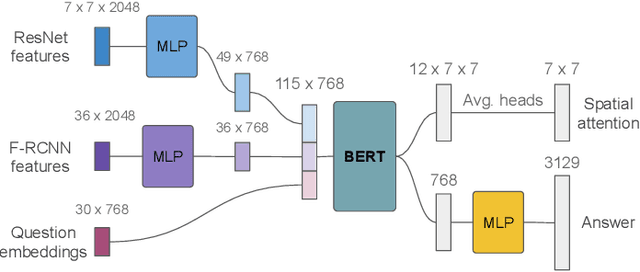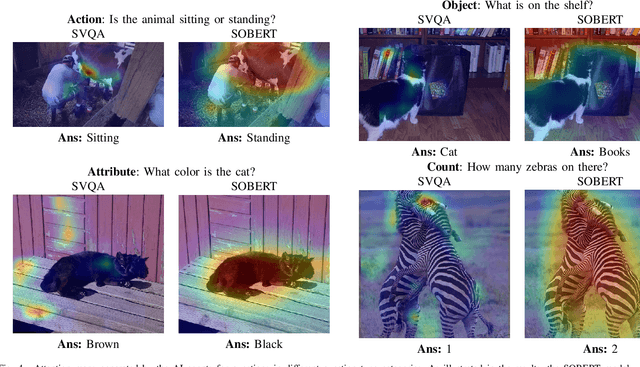The Impact of Explanations on AI Competency Prediction in VQA
Paper and Code
Jul 02, 2020



Explainability is one of the key elements for building trust in AI systems. Among numerous attempts to make AI explainable, quantifying the effect of explanations remains a challenge in conducting human-AI collaborative tasks. Aside from the ability to predict the overall behavior of AI, in many applications, users need to understand an AI agent's competency in different aspects of the task domain. In this paper, we evaluate the impact of explanations on the user's mental model of AI agent competency within the task of visual question answering (VQA). We quantify users' understanding of competency, based on the correlation between the actual system performance and user rankings. We introduce an explainable VQA system that uses spatial and object features and is powered by the BERT language model. Each group of users sees only one kind of explanation to rank the competencies of the VQA model. The proposed model is evaluated through between-subject experiments to probe explanations' impact on the user's perception of competency. The comparison between two VQA models shows BERT based explanations and the use of object features improve the user's prediction of the model's competencies.
 Add to Chrome
Add to Chrome Add to Firefox
Add to Firefox Add to Edge
Add to Edge